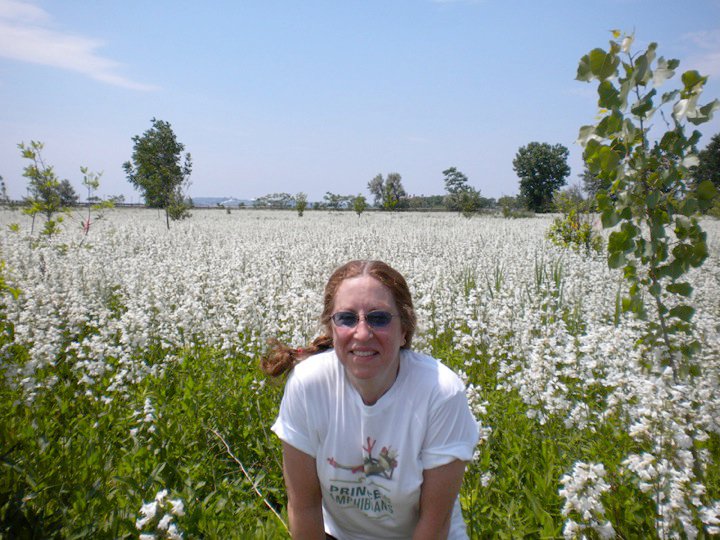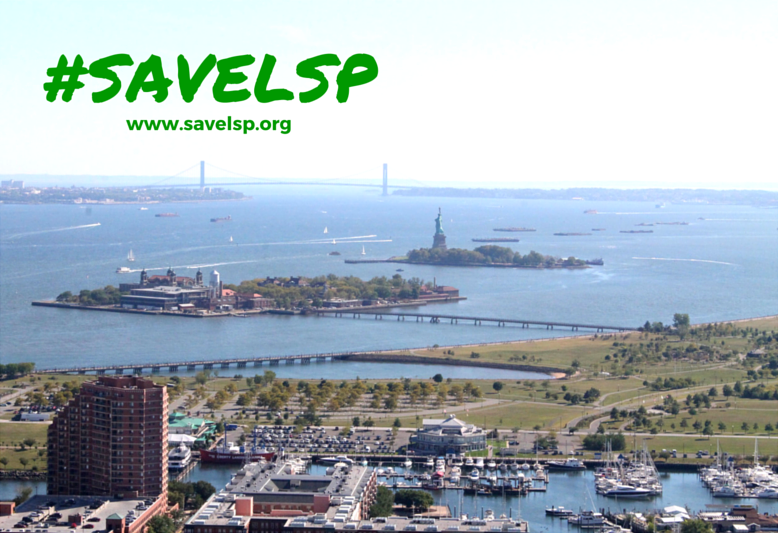On the Brink of Extinction: Preserving the Frog Population in the State of New York
It is difficult to believe that such an adaptable species would ever be at risk of extinction. Many people attribute the decline in the frog population to climate change; however, wood frogs have proven to be adaptable in a variety of climates. Researchers have found that the wood frog population native to New York are capable of freezing themselves during the winter, stopping their hearts and all brain activity, only to thaw out in the spring and begin to search for food and a mate. Frogs can locate their food source virtually anywhere, but they always mate in water. Therefore, in order to attract frogs to your garden this spring, a small area with water such as a pond is a necessity.
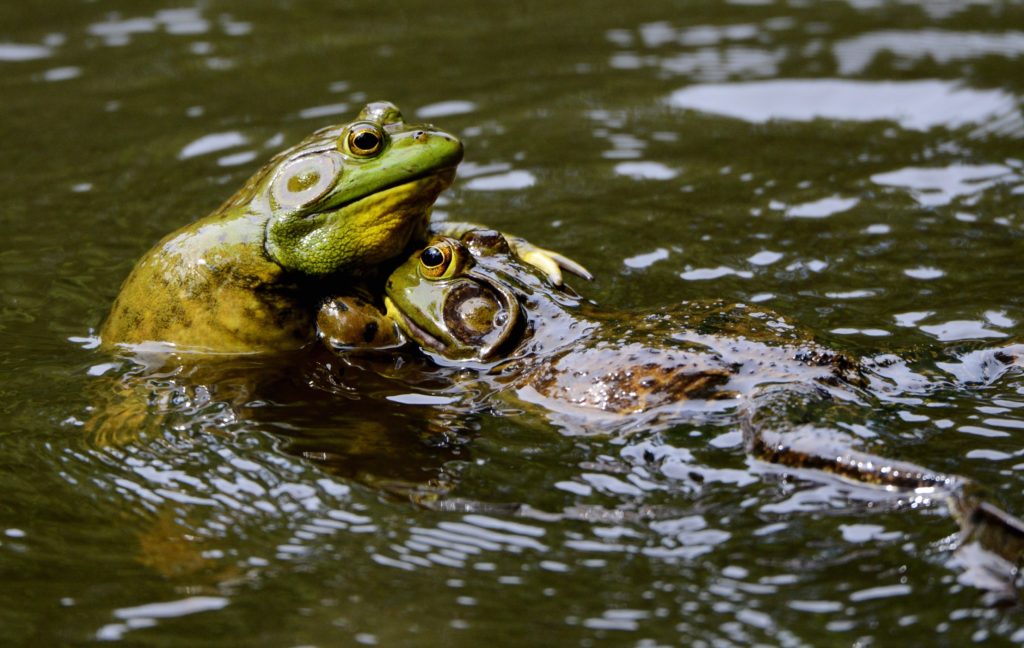
Photo by Ken Goulding on Unsplash
Adaptation and Survival
Due in large part to the recommendation of Lili Winkelman, a fourth-grade student from Syracuse, the wood frog has been unofficially named as the State amphibian for New York. While the wood frog has shown an uncanny ability to adapt to its environment, according to the United States Geological Survey, many other species of frog are in a severe state of decline due to climate change, pesticides and disease. Welcoming frogs in to your garden can help to provide them with the safe and stable environment that they need in order to stabilize and rebuild their population.
How Frogs Help
While you attract wood frogs to your garden, thereby helping to preserve and grow the frog population, they will help to preserve your garden. Frogs can be particularly helpful in a vegetable garden because they consume pests and insects. A single frog can consume up to 10,000 pests and insects in a single season. This can help preserve your garden naturally, while saving you money on pesticides. A natural and environmentally friendly space is particularly important to the survival of frogs because they breathe through their skin; therefore, pesticides are particularly toxic to them since they can be easily and unintentionally ingested.
Welcoming frogs in to your garden will not only help to grow their population locally, it will also help your garden grow naturally and economically. By building a small pond and shelter, you can help prevent the potential extinction of a species while helping your garden grow in a safe and natural environment, without the use of chemicals or pesticides.
Guest blog by Jennifer Dawson



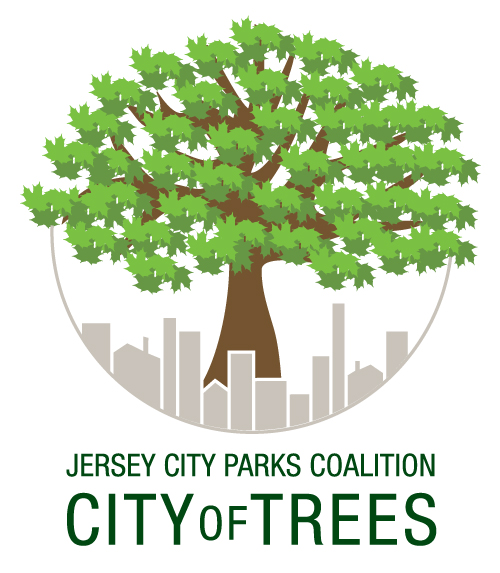
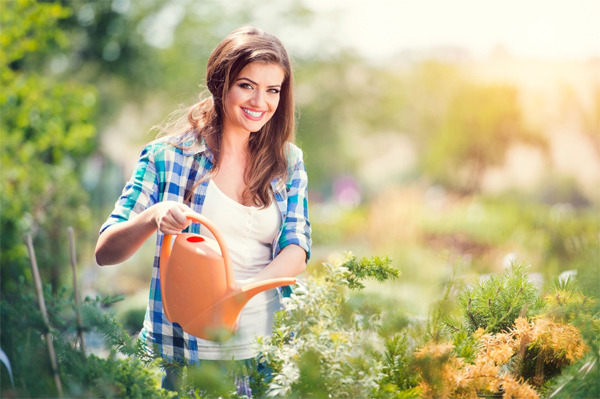


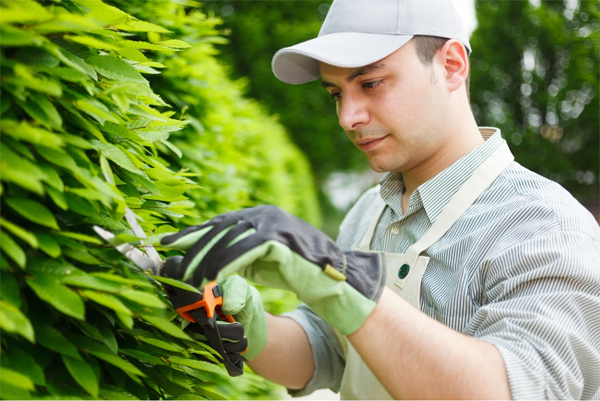
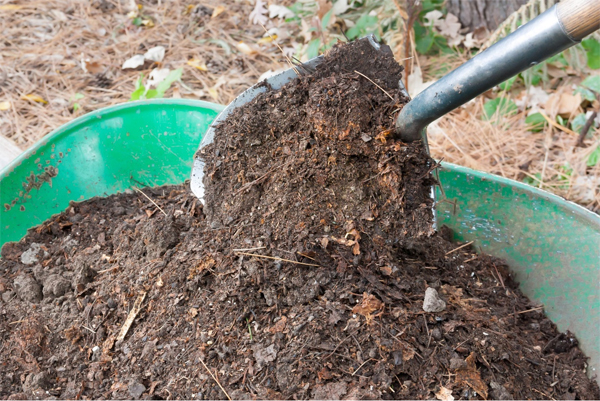
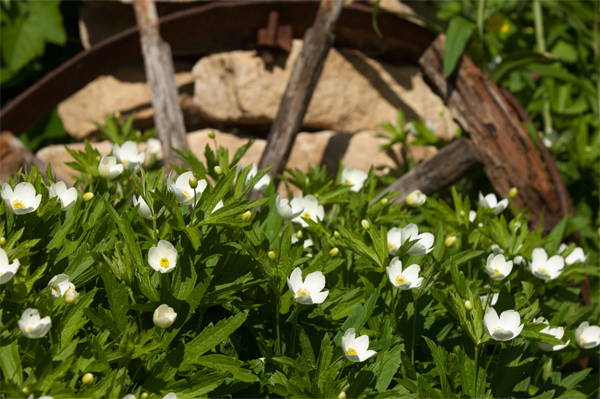
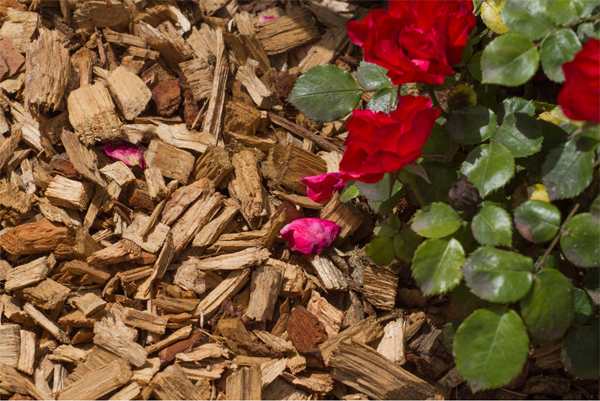
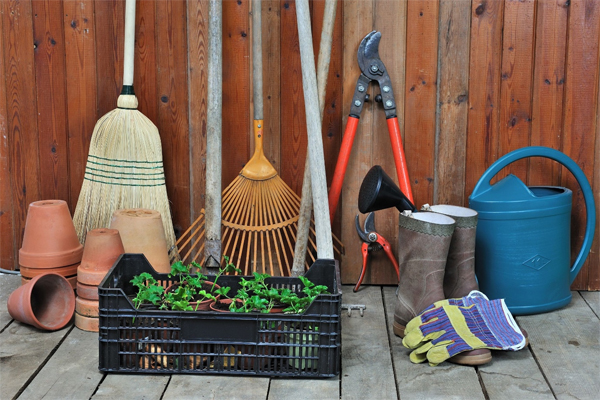

![By Nikolaj Potanin (Own work) [CC BY-SA 3.0 (http://creativecommons.org/licenses/by-sa/3.0)], via Wikimedia Commons](http://frogsaregreen.org/wp-content/uploads/2016/03/Lily_and_frog-1024x696.jpg)
